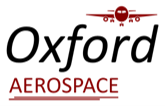Oxford Aerospace Research Centre
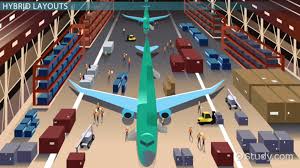
RESEARCH
Aerospace Manufacturing Engineering & Factory Design
MANUFACTURING
Factory design - Manufacturing engineering - Aerospace project management
Manufacturing for advanced aerospace technologies based on Industry 4.0 large-scale M2M, and Internet-of-Things (IoT), AI, digital cloud-based, automated and self-monitoring manufacturing principles.
Project Management
- Aerospace factory planning
- Project management
- Product and process design
- Jig and tool design/manufacture
- Product testing and validation
- Sub-contract management
- Whole product life cycle management
Design of Lean Production
Comprehensive process analysis for optimal cost/benefit ratio along the production process.
- Lean Production Process
- High Availability of Production Lines
- Ergonomic Working Places
- Economic Value Stream
- Intelligent Machine Utlilization
Holistic Integration of the Technical Factory Infrastructure
- Compressed Air
- Electrical Feeding and Distribution
- Cooling Systems
- HVAC Systems (Heating, Ventilation and Air Conditioning)
- Material Drying and Conveying
- Lighting
- Cranes
Computer-Integrated Manufacturing System
Computer-aided techniques:
- CAE (computer-aided engineering)
- CAM (computer-aided manufacturing)
- CAPP (computer-aided process planning)
- CAQ (computer-aided quality assurance)
- PPC (production planning and control)
- ERP (enterprise resource planning)
Non-destructive Testing
Fluorescent liquid, X-ray or gamma-ray techniques, ultrasonic inspection, magnetism, infrared.
Intralogistics design
- Storage Container & Transportation Units
- Material Flow & Warehousing
- Transport systems (forklift trucks, tugger trains, hand trucks, AGV systems, conveyer bands) & storage systems (block storage, rack systems, automated high rack warehouse).
- Receiving and Shipping Areas & Public Road Access
- Connection to road & rail
Manufacturing and Assembly Building
- Building’s size and layout.
- Manufacturing process type and style: Flow line, fixed position assembly, parallel assembly, subassembly shops, and fishbone assembly.
- Assembly rate and work-in-process: Based on number of aircraft built per week, a month, or a year (the rate). Number of aircraft in production at one time.
- Methods of assembling components: Bonding, riveting, fasteners, welding. Safety features incorporated into the building design.
- Sizes of aircraft components: Wings, vertical stabilizers, engines, airframe, and wing joint components. Types of doors; staging space requirements.
- Manufacturing tooling, fixtures, and jigs: Moving aircraft components into the tooling or tooling moving to meet components.
- Materials conveyance: Using vertical lift cranes, under-hung cranes, transfer bridge cranes, multiple hoist cranes, fixed jib crane assembly stations, wire guided vehicles, air bearing jigs on floors, carts, tugs, forklifts, and man lifts. The selected systems determine the overall building height, structural support requirements, floor quality, floor flatness, floor joint types, and floor finishes.
- Aircraft materials: Manufacturing facility to account for materials expansion coefficient and stable temperatures for accurate assembly and tolerances.
- Manufacturing utilities: Redundancy, reliability, maintainability, and distribution and access flexibility for compressed air.
- Other utility considerations:
- Critical lighting levels and colour for processes and inspections.
- Vacuum for composite materials assembly and bonding.
- Fuel management and fire prevention.
- High-pressure hydraulic aircraft systems (flaps, wings, doors, and landing gear) and personnel safety.
- High-volume, low-pressure compressed air for pneumatic testing.
- Aircraft grounding and static electricity to prevent damage to sensitive electronic components.
- Automated assembly data communications.
- Utility distribution: Adapted to specific manufacturing and workflow requirements.
- Foreign object debris (FOD) mitigation: Prevented from entering the manufacturing process.
- Aircraft exiting: Exit egress from jigs or tooling platforms and around aircraft and materials.
- Manufacturing noise management: Extremely loud riveting systems and personnel safety. Enclosed and isolated to prevent exposure to personnel. Hearing protection requirements.
- Fire protection: Wet sprinkler systems. Early Suppression Fast Response (ESFR) sprinklers. High Expansion Foam (HEF).
- Environmental green-energy sustainable factory design.
Manufacturing Equipment and Tools
Marques Aviation will provide technical support in the equipping of the Glaive International Aerospace aircraft manufacturing facility in Australia. Manufacturing machinery and equipment may include:
- Additive Manufacturing / Rapid Prototyping
- Milling / Machining
- Water Jet Capability
- Composite Mold Machining
- Composite Layup Materials
- Painting / Finishing
- Laser Cutting
- Harness Manufacturing Materials
- Conformal Coating
- Assembly / Integration
MRO
MRO life-cycle design.
MRO project management.
Spare parts program.
Aircraft inspections program.
MANUFACTURING
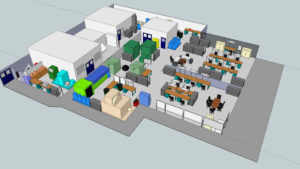
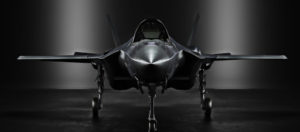
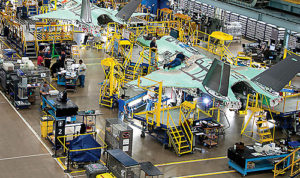
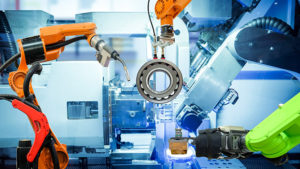

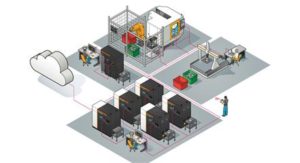
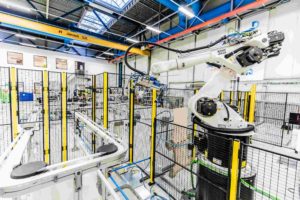
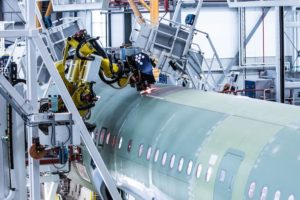
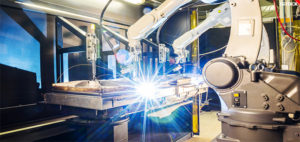
EXPRESSION OF INTEREST
Collaborative Research
